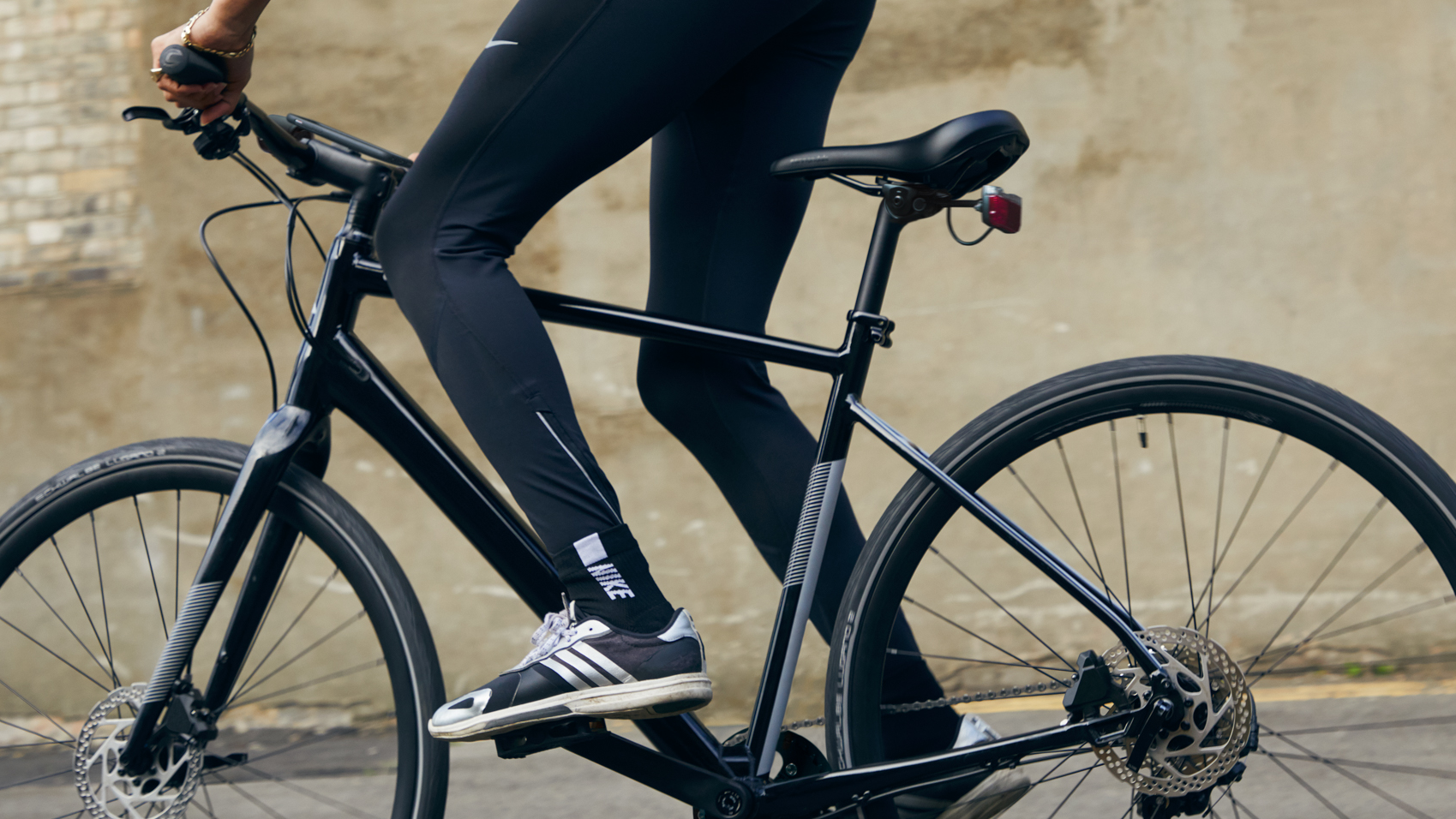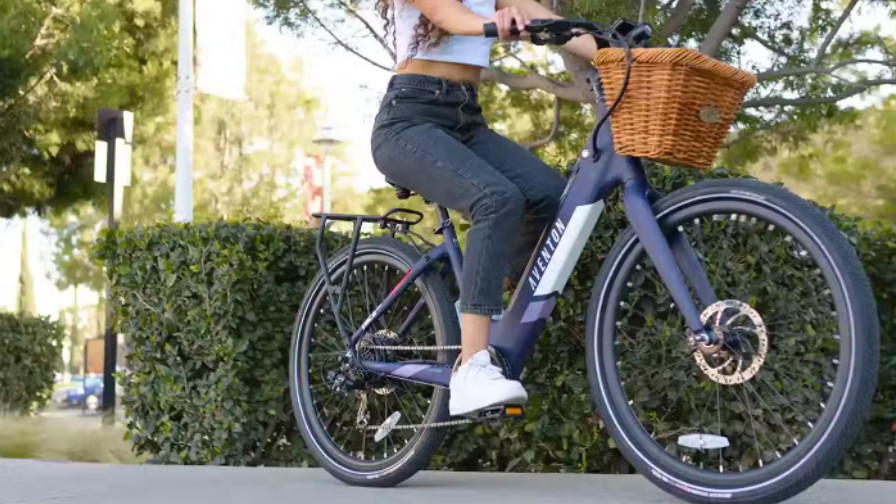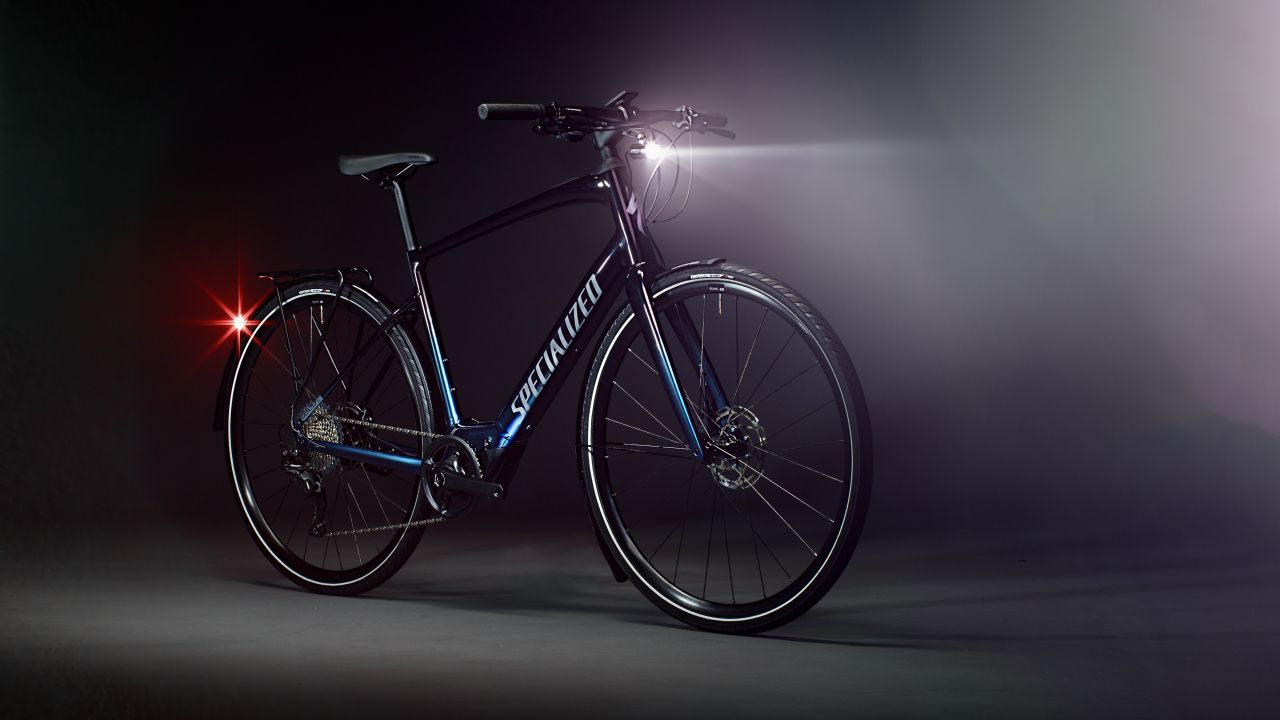Any new or evolving technology comes with some degree of vagueness, especially when it concerns legislation. That's definitely been the case with e-bikes, which have often fallen into the law-making middle ground; not being classed as proper bicycles, but not judged as a real motor vehicles either. It’s all been a little bit fuzzy. The same can be said about where e-bikes should, or shouldn’t, be ridden because of having a battery and electric motor.
The situation is improving though, because most electric bikes now fall into one of three different classes. Back in 2020 the e-bike industry decided to get together and come up with a plan, which has resulted in the creation of Class 1, Class 2 and Class 3 categories.
Simple, right? Well, not quite because although the class system is now recognised by over half the US states, it’s still not a truly definitive classification system.
Adding to the confusion is the continued growth of the electric bike marketplace. With more manufacturers building e-bikes, and additional bike retailers stocking them, the potential for continued confusion seems to be ever-present. It is a step forwards though, but shouldn’t be taken as the final word. If you’re not sure if the e-bike you’re interested in falls into one of the three classes outlined below, you might want to do a little more homework before purchasing it.
Falling foul of the authorities and facing legal issues if you happen to ride in the wrong place, or worse still, have an accident, should all be kept in mind no matter how cool that e-bike you’re keen on looks.
E-bike Class 1
Class 1 electric bikes have a speed limitation of 20 miles per hour, and the classification is made simpler by the fact that the electric motor only assists the rider when they’re pedalling. You may find that the e-bike has a throttle, usually mounted on the handlebars, but this will only provide a boost. The basic setup can obviously vary depending on the make and model of electric bike.
As a result, Class 1 e-bikes usually get to enjoy all the privileges afforded to regular pedal cycles, which means general access to bike paths and designated lanes. This is also the only type of e-bike that's not classified as a moped in the UK and EU.
The VanMoof S3/X3 models are good examples of this class, along with the rather good Cannondale Quick Neo SL.

E-bike Class 2
Class 2 bikes come with the same 20mph speed limitation, but can deliver power from the battery and motor combination using a throttle, even if you’re not pedalling. Some electric bikes in this class can do a mix of both, with the motor doing all the work, a combination of motor and pedal assistance.
Much like the Class 1 category, many countries allow you to ride a Class 2 e-bike on bike paths and lanes. Look out for the likes of the Aventon Pace 350 or the Wing Freedom 2 as a pair of prime examples.

E-bike Class 3
Class 3 e-bikes make things rather more complicated. Class 3 e-bikes are likely to have a throttle setup as part of the design, their speed allowance is a higher 28 miles per hour, and their motor limit is 750 Watts, but it's not so clear-cut where you can ride them.
The exact rules will depend on the country and city you're in. For example, you don’t need a license to ride one of these bikes in the US, but you should exercise caution about where you ride the two-wheeler, such as on regular roads and designated bike lanes. They’re not usually allowed on multiuse paths or bike trails though.
It’s really worth checking city and state rules before you buy a Class 3 bike, to make sure it’ll fall in line with local regulations. Remember this point if you’re taking your e-bike out of state too. The excellent Specialized Turbo Vado SL Equipped is a great e-bike in this class, but the Trek Domane+ HP is a very worthy alternative too.

Buyer beware
If you take a look at our guide to the best e-bikes you’ll find those included should fit the bill in at least one of our categories. Anyone purchasing an electric bike should be mindful of variations on the theme though. Specifications can change, models can be updated and some manufacturers throw caution to the wind and release bikes with more power than they might actually need.
In fact, some vehicles sold as electric bikes are effectively electric scooters or mopeds, rather than e-bikes. This can mean that although they may have pedals, they’re able to go much faster. There are lots of imported bikes that have more power than is wise for something that looks like it can be ridden on a cycle path. What’s more, while this guide is aimed at potential e-bike buyers in the US, rules are different overseas.
Things are getting better, but it’s an evolving situation that is perhaps not as clear cut as we’d like. If you’re new to the world of electric bikes then playing it safe might be the best way forward, with a Class 1 or Class 2 bike much less likely to cause you headaches than those found in the currently rather murky world of Class 3.
source https://www.techradar.com/news/what-are-e-bike-classes/


0 Comments